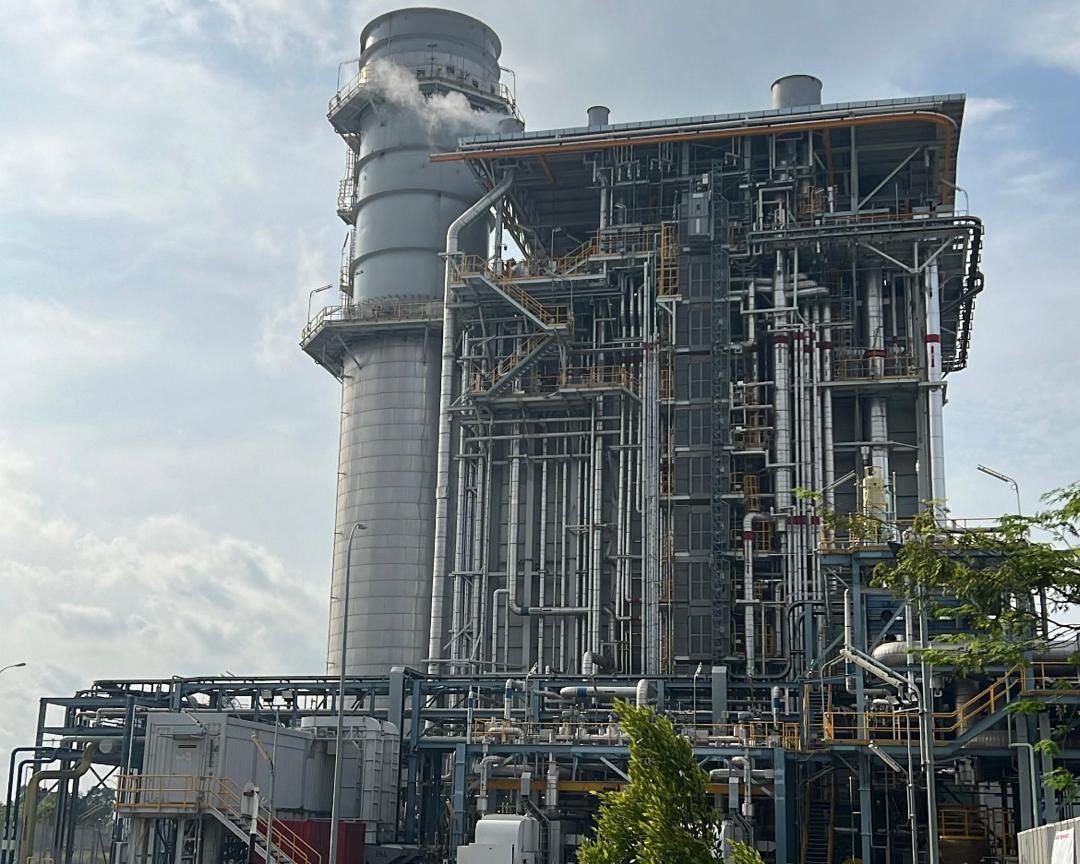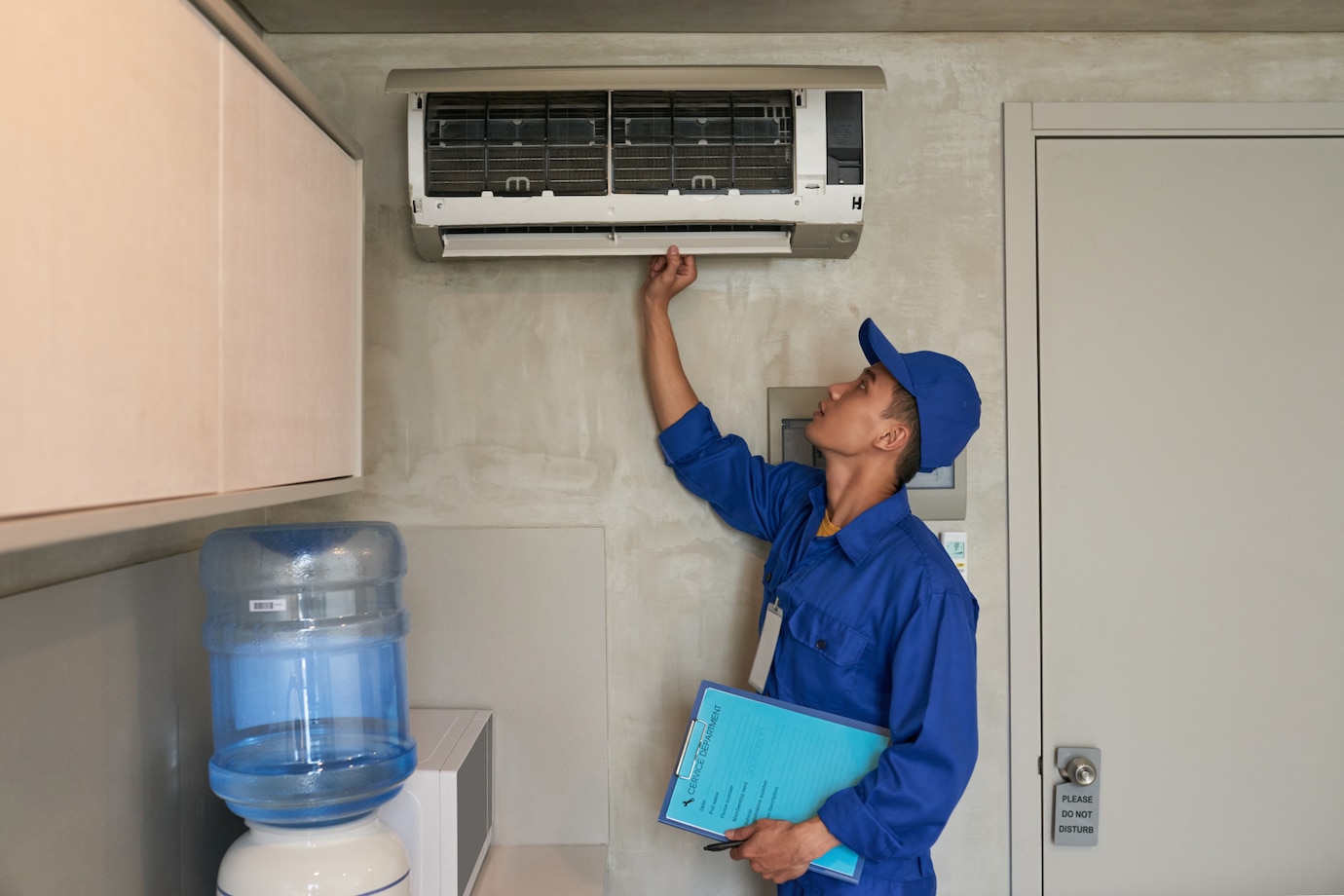Keeping Malaysia's Electricity Affordable: Here's What You Need to Know
While the government plays its part, every Malaysian can contribute to keeping bills low.
It's easy to overlook how small habits — like leaving the lights on or turning up the air conditioner — can add to energy usage.
Understanding these patterns can help us manage energy costs more effectively.
Malaysians are fortunate to enjoy reliable electricity at some of the lowest prices in Southeast Asia. However, as Deputy Prime Minister Fadillah Yusof noted, this privilege comes with significant costs.
Currently, more than 90% of Malaysia's electricity is generated using coal and gas, which are mostly imported due to their limited availability locally
About 70% of our electricity bills go toward the cost of generating power, mainly from buying fuels like coal and gas, which are the main sources of electricity. The other 30% covers things like operational and maintenance expenses to keep the system running smoothly.
Deputy Prime Minister Fadillah Yusof, who is also the Minister of Energy Transition and Water Transformation, said there are various risks tied to this dependency.
Notably, global events such as natural disasters or conflicts — like the Russia-Ukraine war — can cause prices to become extremely volatile. When the conflict first started, the price of coal rose by 130% while the price of gas increased by 180%.
Between July and December 2022, Malaysia's fuel and generation costs rose by RM16.2 billion.
To protect domestic users, the government has used various techniques to lower the cost of electricity tariffs
Between July and December 2022, the government allocated RM8.82 billion to maintain rebates and another RM1.9 billion to manage surcharges for commercial and industrial sectors. In the end, a total of RM10.76 billion in subsidies was introduced during this period alone.
Additionally, tariffs are kept low by special exemptions, such as the removal of the 8% service tax introduced on 1 March for domestic users who consume less than 600kWh per month. This amounts to around 85% of households in Malaysia.
For the hardcore poor registered under the e-Kasih system, additional support comes through the Electricity Rebate Programme, which provides a RM40 rebate per household. For this initiative alone, the government has allocated RM55 million.
Currently, there are also other steps being taken to improve energy consumption in Malaysia
Malaysia's National Energy Transition Roadmap (NETR), launched in 2023, targets a 21% reduction of energy usage by 2040, with near-term goals of cutting residential consumption by 15% and industrial consumption by 22%.
Also, it is expected that the share of renewable energy will rise to 31% by 2025, and then to 70% by 2050. This will be supported by the Energy Efficiency Conservation Act 2023 to regulate energy usage and align with the 12th Malaysia Plan's green agenda.
While fossil fuels currently power 90% of Malaysia's needs, renewables like hydropower (5%) and solar (6%) are steadily gaining ground. These efficient energy efforts are further reflected by smart buildings, natural light designs, and rooftop solar panels, for example.
While Malaysia works to ensure affordable electricity for its citizens, there are also things all of us can do to reduce our energy bills and contribute to sustainability
Speaking to FMT, Fadillah said there are several ways in which Malaysians can be more savvy and prudent with their energy usage:
- Turn off lights, fans, or electronic devices when not in use.
- Set air conditioners to temperatures of between 24°C and 26°C for optimal energy efficiency, while also regularly cleaning filters to maintain performance.
- Use energy-efficient appliances for lower electricity consumption over the long-term.
- Keep fridges and freezers uncluttered, as overloaded refrigerators can end up using more energy.
- Use natural light as much as possible to lower reliance on artificial lighting.
This article is sponsored.




